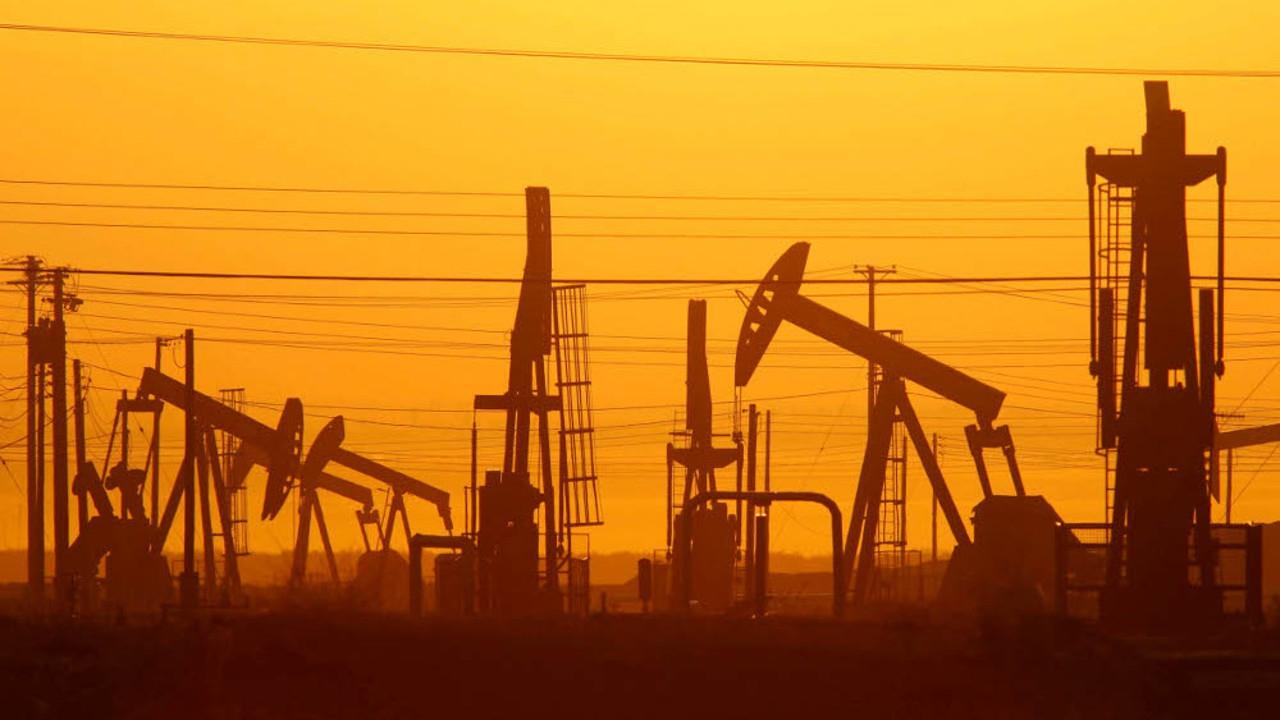Miners take stock of commodities carnage
BHP and Rio have weathered the commodity storm better than their global rivals, but they need to keep their focus on costs.

Glencore’s $US5 billion loss in 2015, reported overnight, completes a round of results for the world’s five biggest mining houses that would go close to being among the worst in the industry’s history.
Between them Glencore, BHP Billiton, Rio Tinto, Anglo American and Vale reported impairments and other significant losses totalling close to $US40bn for the 12 months to December as the across-the-board plunges in commodity prices flowed through to their balance sheets.
As a group, companies that had generated pre-abnormals earnings of about $US25bn in 2014, produced underlying earnings of only about $US7bn in 2015.
Given the dramatic nature of the falls in commodity prices, particularly towards the end of last year — the Bloomberg commodity index was down 23.4 per cent for the year with an 18.7 per cent decline in the fourth quarter — it isn’t surprising that the companies were overwhelmed by the tide of red ink that flowed through their balance sheets, nor that the pace of the decline in prices outstripped their ability to cut costs and improve productivity fast enough to offset it.
While Glencore’s Ivan Glasenberg was surprisingly optimistic, suggesting commodity prices have bottomed, like his peers he continues to cut costs, close uneconomic mines, sell assets and try to reduce debt levels.
It says something about the industry — and something mildly positive about BHP Billiton — that it is the only one of the group that still has an A-rated balance sheet from both Moody’s and Standard and Poor’s.
Glencore, with a core of reasonably stable earnings within its marketing business, which generated earnings before interest and tax of $US2.5bn in 2015, is still in asset-selling and debt-reduction mode despite Glasenberg’s optimism.
It was Glencore’s debt levels that triggered last year’s meltdown in the group’s share price. They peaked at around $US50bn last year, including the funding for the group’s trading business, but are now down to $US41.2bn and Glasenberg is now targeting net funding of less than $US30bn.
Vale, which lost about $US12bn last year and has signalled (alone among the major miners) that it will place “core” assets on the auction block, and Anglo American, which lost $US5.6bn, are in the most precarious positions.
While much of the red ink relates to non-cash impairments, they are also carrying too much debt and generating operating losses (in Anglo’s case, it was about break-even for the full year). Anglo has had a lot of assets available for sale, but no meaningful sales and very few, if any, buyers with either the capacity or desire to make sizeable acquisitions at this point in the cycle.
The two strongest of the big miners are BHP and Rio and, despite sometimes unfavourable comparisons, BHP’s credit ratings would suggest it is in the better position.
That’s quite remarkable when one considers that the collapse in the oil price, which fell 35 per cent last year, wiped $US2.8bn of earnings from the group in only the December half and led to a $US200 million loss within its petroleum business.
The outlook for the core “hard” commodities is uncertain. China’s demand for iron ore has been flatlining and the drive to take out excess capacity, particularly in its steel industry, doesn’t aid the prospect of any near-term relief. There may still be more downside than upside in iron ore.
The outlook for coal remains depressed, whether in the near term or longer term, and while the long term fundamentals of copper look positive, there’s nothing to suggest much joy in the short term.
Oil, while US shale production finally starting to drop off slightly, still has excess supply of about two million barrels a day that could be exacerbated if Iran is able to return its production to pre-sanctions levels.
The underlying fundamentals for oil, however, are more promising, with reserves depleting at a rate of four million barrels a day and demand growing at an annual rate of about a million barrels a day.
The massive cuts to capital and exploration expenditures will impact the industry’s ability to offset the depletion with supply from new sources, which may enable it to achieve a more balanced supply/demand equation earlier.
For BHP, the historically unusual correlation between oil and other commodity prices has undermined the diversification benefit traditionally provided by its exposure to oil.
If the price were to regain some ground — and most of the industry analysts have $US70 a barrel oil returning somewhere between now and the end of the decade — its earnings would rebound significantly and perceptions of its much-criticised (with the knowledge, in hindsight, of an implosion in oil prices than no one foresaw) foray into shale oil would become quite different.
In the meantime — whether it’s Rio or BHP, Glencore, Vale or Anglo — the miners have no alternative than to hope for better prices and plan for worse. Ultimately balance sheet and cash flow strength remains the priority, which is why BHP and Rio are in better condition than their peers.
Even they have had to slash dividends to shareholders to protect their cash flows, but the fact that they are paying any dividends at all is unusual in the sector.
Along with their peers, they are also continuing to try and lower costs and cut spending — BHP has taken $US3.5 bn out of its already massively reduced capital expenditure plans over the next 18 months and expects to get another $US130m to $US200m a year of cost savings just by centralising its service functions — to build more resilience and insurance into their cash flows.
There has been increased speculation that BHP and Rio might use their superior financial strength to undertake some merger and acquisition activity — when Standard & Poor’s confirmed BHP’s rating this week it forecast free and discretionary cash flows of $US4.2bn to $US4.5bn in 2016-17 and referred to the possibility of “inorganic” growth.
For shareholders in the big miners, however, the best protection against further commodity prices falls and the best exposure to any recovery would come from ensuring that they have only modest financial leverage but the best possible operational leverage to an eventual turning in the commodity price cycle.
The means focusing on costs, productivity and the quality of their asset bases, not acquisitions — unless the distress being suffered by more leveraged and higher cost rivals flushes out one of those rarely available true “tier one” assets at an attractive price, which is probably unlikely given that those assets will tend to be the key to their owners’ survival.




To join the conversation, please log in. Don't have an account? Register
Join the conversation, you are commenting as Logout